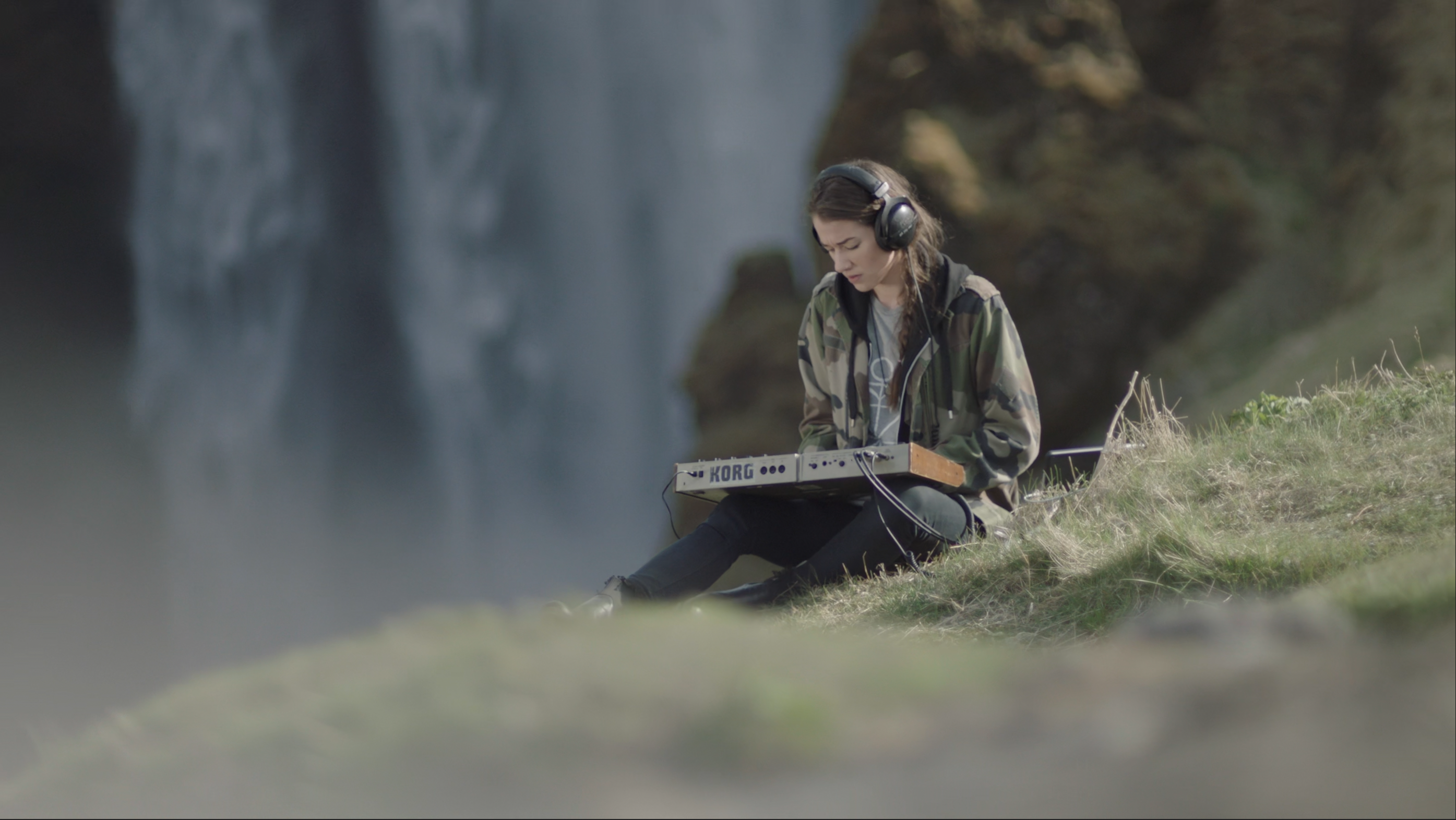Make sure the Lumetri color panel is open (Window > Lumetri Color).
To use Auto Color, position the playhead somewhere in the clip you want to enhance. Click the Auto button in the Basic Corrections section at the top of the Lumetri panel.


Want to try how it works? Open a project in Premiere Pro (22.3 or later) and get started!
Make sure the Lumetri color panel is open (Window > Lumetri Color).
To use Auto Color, position the playhead somewhere in the clip you want to enhance. Click the Auto button in the Basic Corrections section at the top of the Lumetri panel.


Adjustments are reflected in the re-organized Basic Correction sliders. You can easily fine-tune the results by further adjusting individual parameters. You can adjust the overall impact of these adjustments with the new Intensity slider at the top of the Basic Correction section.
Move the slider to see the color difference after applying Auto Color.

Auto Color works on source footage, including LOG footage and footage with LUTs applied.
If you’re new to color correction, Auto Color is a great way to become familiar with adjustments available to improve color in their video. If you are an experienced editor, Auto Color can help to fast-track your color correction. For all users, it’s easy to refine the results or experiment with different ideas after applying Auto Color.
After basic color correction, you can fine-tune specific parts of your image, such as skin tones or skies, using the HLS curve adjustments. You can also develop creative looks to stylize your video.
For more information on color, see:


If you have a question on color, ask away in our Premiere Pro community. We would love to help you out.
Craft the perfect story with Premiere Pro
Find the best-in-class video-editing tools all in one place.